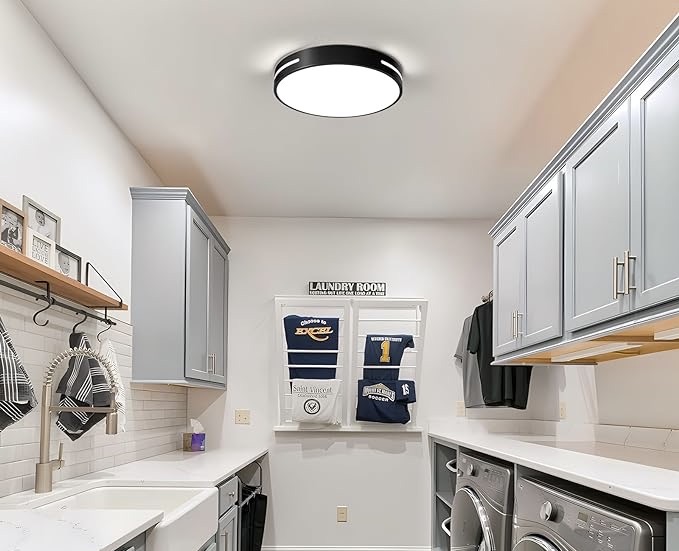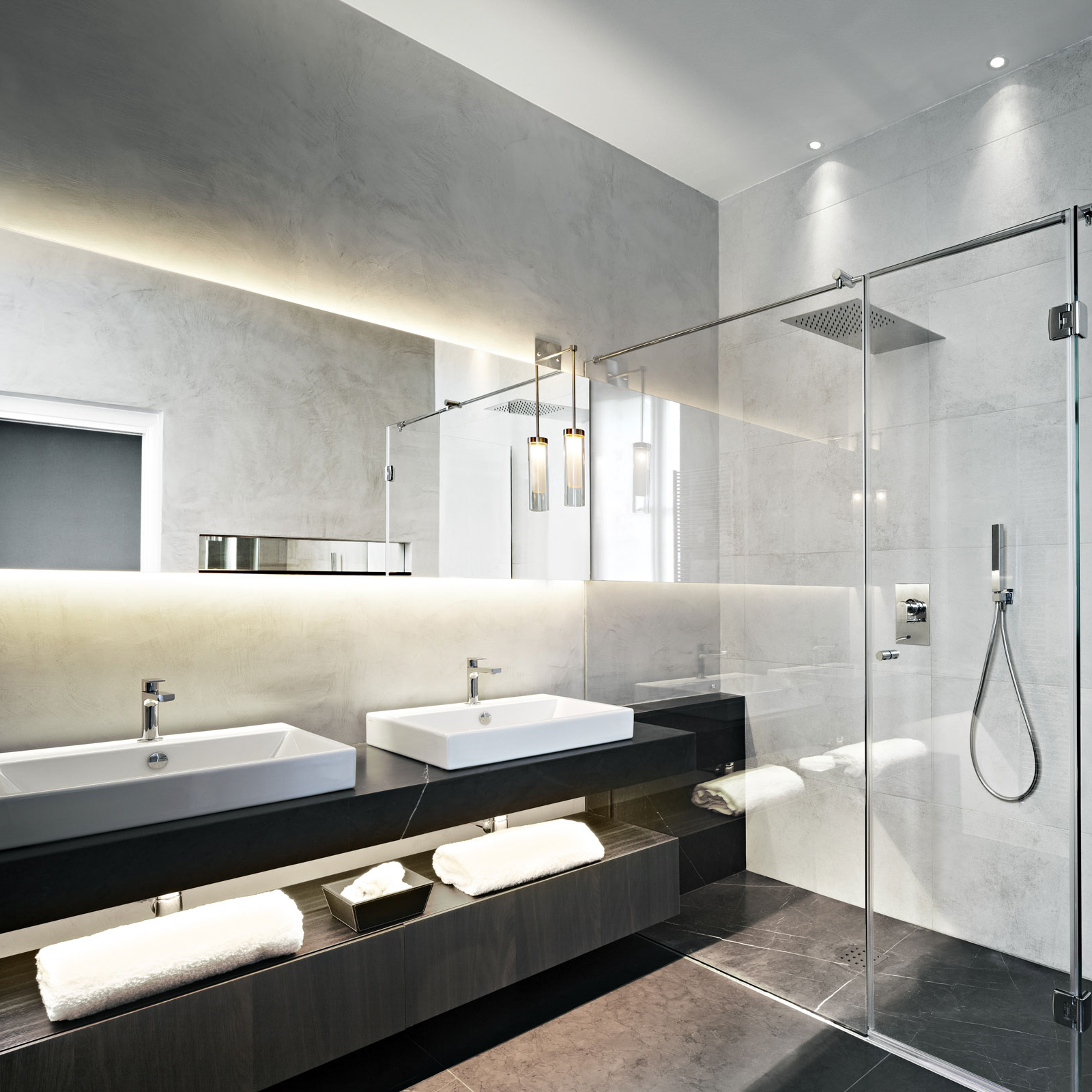Coastal lighting not only illuminates the beauty of our beaches and shorelines, but also serves to keep our coastal ecosystems and communities safe. From guiding ships to protecting sea turtle nests, the importance of coastal lighting cannot be overstated. Let’s explore the different types of coastal lighting, their benefits and drawbacks, and how we can use them responsibly.
The Different Types of Coastal Lighting
There are various types of coastal lighting used for different purposes. Here are some of the most common ones:
Navigational Lighting
Navigational lighting is crucial for ships to safely navigate through any hazards along the coast. It includes lighthouses and buoys, which are equipped with high-intensity lamps and lenses that emit light in different colors and patterns to signify different things. For example, red lights indicate port (left) side, green lights indicate starboard (right) side, and white lights indicate the centerline of the channel. These lights help ships avoid running aground or colliding with other vessels and structures.
Security Lighting
Security lighting helps keep coastal communities safe by illuminating areas that may be vulnerable to crime or other dangers. Examples include streetlights, floodlights, and motion-activated lights. Although they are necessary, excessive or poorly aimed security lights can create light pollution and disrupt the natural rhythms of wildlife.
Beachfront Lighting
Beachfront lighting is used to enhance the beauty of the beach and make it safer for people to walk at night. It includes decorative lampposts, string lights, and torches. While they create a warm and inviting atmosphere, they can also disorient sea turtles and hatchlings who rely on natural light to find their way to the ocean.
The Benefits and Drawbacks of Coastal Lighting
Coastal lighting offers many benefits, but it also has some drawbacks:
Benefits
- Increased safety for ships and coastal communities
- Enhanced beauty of the coast
- Increased economic activity through tourism
- A sense of community and pride
Drawbacks
- Light pollution
- Disrupting natural rhythms of wildlife
- Wasted energy and higher costs
- Negative impacts on the environment
How Can We Use Coastal Lighting Responsibly?
As with all forms of technology and infrastructure, it is important to use coastal lighting responsibly. Here are some ways we can minimize its negative impact on the environment:
Use energy-efficient lighting
Switch to LED lights, which use less energy and minimize light pollution. They also last longer than traditional light bulbs, reducing costs and waste.
Reduce over-lighting
Use only the necessary amount of lighting and angle it properly to reduce unnecessary glare and light trespass. Use timers or motion sensors to turn off lights when not needed.
Use turtle-friendly lighting
Coastal communities can use yellow or amber-colored lights, which are less disruptive to sea turtles and their hatchlings. Also, make sure lights are shielded and aimed downward to minimize light spilling onto the beach between May and October, when sea turtle nesting and hatching activities occur.
Embrace natural darkness
Natural darkness is important to preserve natural rhythms of wildlife and minimize energy consumption. Consider hosting stargazing or beach cleanup events where artificial light is minimized to enjoy the darkness and beauty of the night sky.













